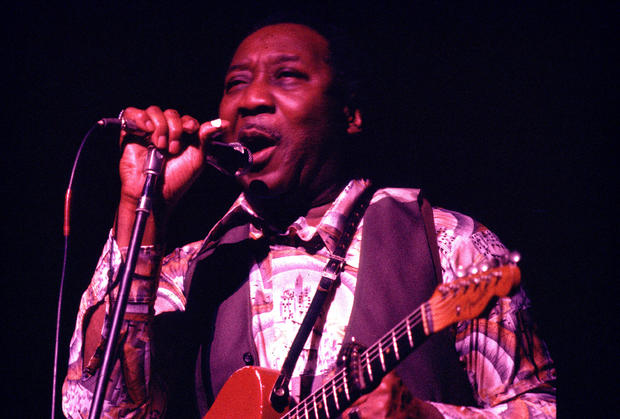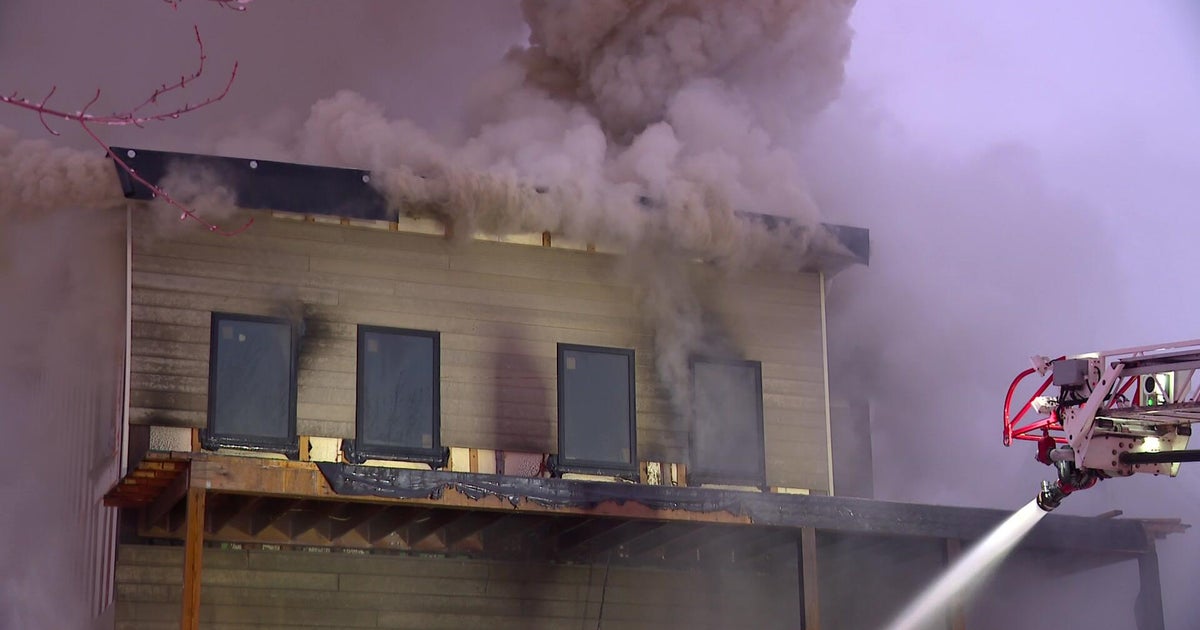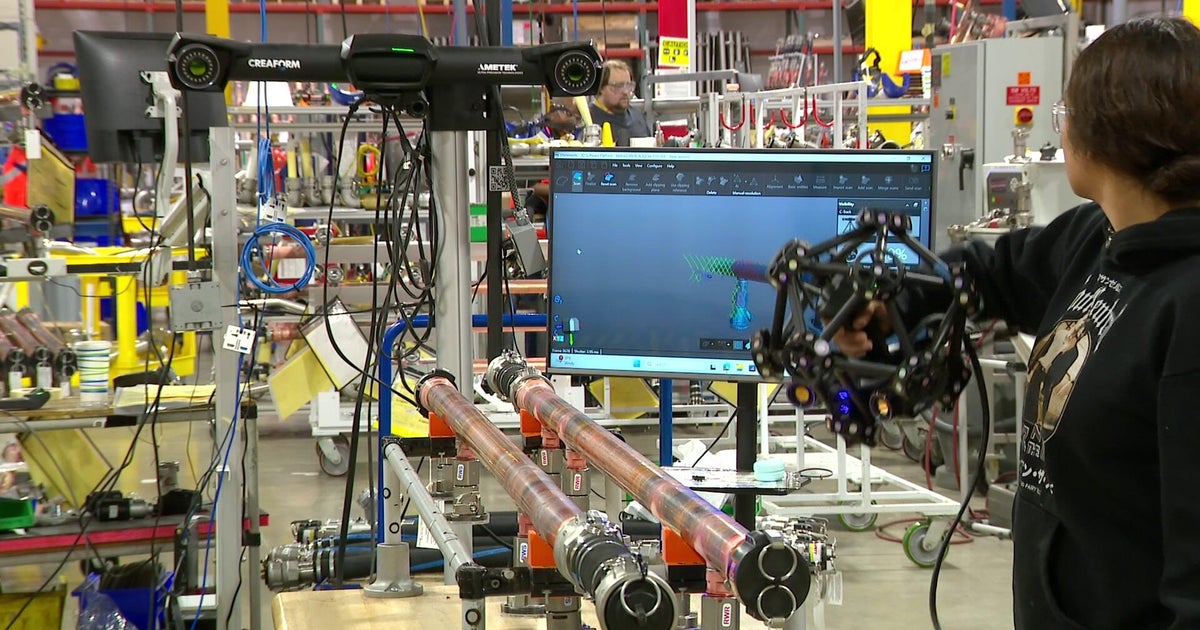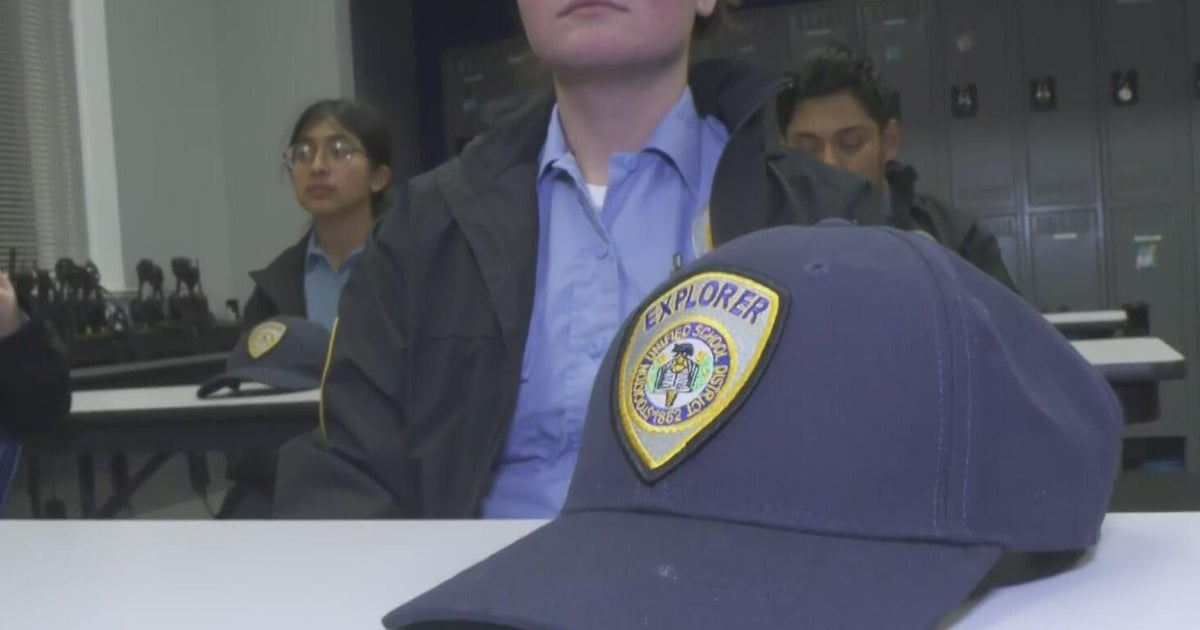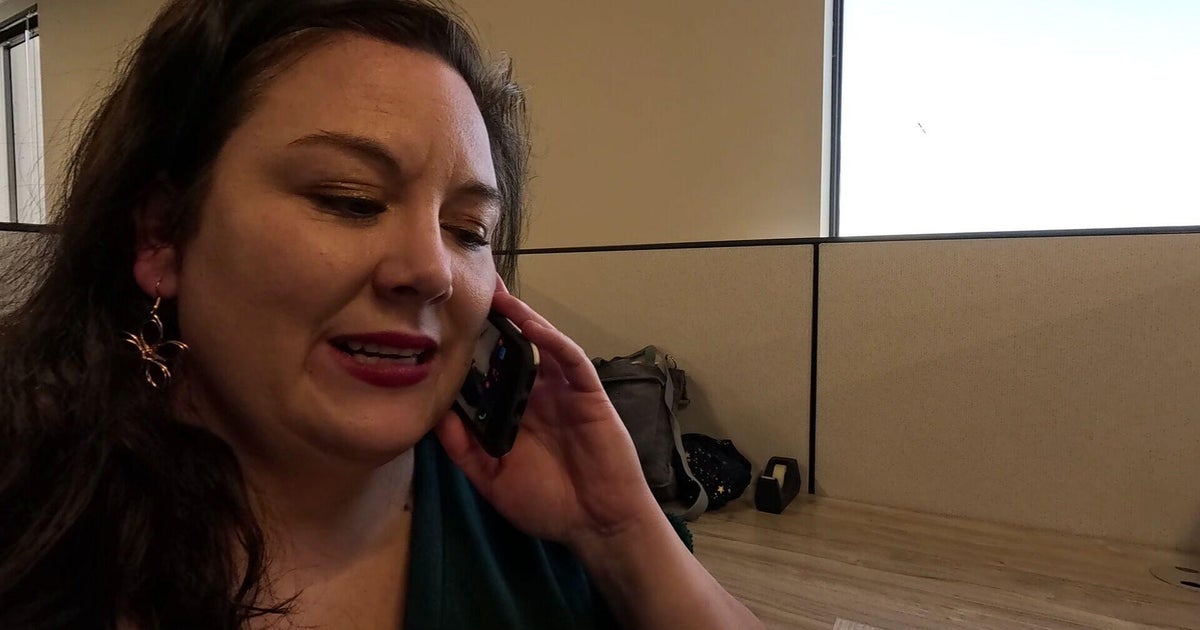Muddy Waters MOJO Museum gets $1M grant for programming and restoration plans
CHICAGO (CBS) -- The South Side residence Muddy Waters called home is getting more than a million dollars to help with plans to make it a museum.
The Muddy Waters MOJO Museum got a $1.1 million grant from the Mellon Foundation's Humanities in Place program.
According to the museum, the money will be used to "restore the basement level of the house...for future programming." It's the space where Waters would practice, jam, and socialize with other musicians and it's considered the heart and soul of the structure.
"Muddy Waters embodies the American Dream. A Mississippi sharecropper who followed his dreams to Chicago, created the Chicago Blues and changed the world," said his great-granddaughter and board president Chandra Cooper.
She added, "With this transformational support from the Mellon Foundation's Humanities in Place program, the Muddy Waters MOJO Museum will bring his story of blood, sweat, and tears to life, inspire new generations to extend his legacy, and draw residents and tourists from around the world."
The house, located at 339 S. Lake Park Avenue, is set to open as a blues museum. The structure was granted landmark status in June of 2021 and it's expected to open in 2024.
RELATED: Chicago Blues Festivals gets underway on Thursday
Waters was a six-time Grammy winner and a member of both the Rock and Roll Hall of Fame and the Blues Foundation Hall of Fame. He's considered the "father of Chicago blues."
Born McKinley Morganfield, Waters grew up in Mississippi and moved to Chicago in 1943 to expand his music career and find work in the city's factories during World War II.
In 1954, he moved into a brick two-flat at 4339 S. Lake Park Av., where he and his family lived until 1973. It was the only home he ever owned in Chicago, and was where he lived when he wrote hit songs like "Louisiana Blues," "Hoochie Coochie Man," "I'm Ready," "Mannish Boy," and "Close to You."
Built-in 1891, the two-flat is where Waters' family lived on the first floor, while the basement featured rehearsal space for Waters and other musicians. The second floor featured two apartments for tenants and visitors like fellow blues musicians Otis Spann and Howlin' Wolf.

